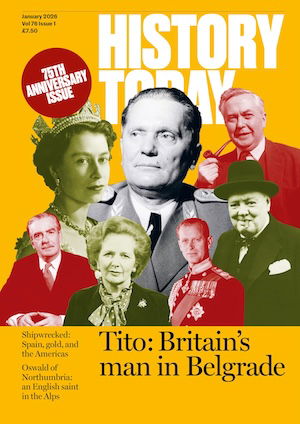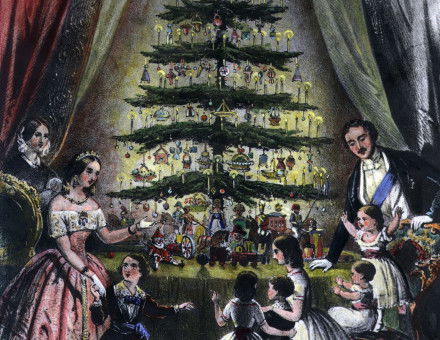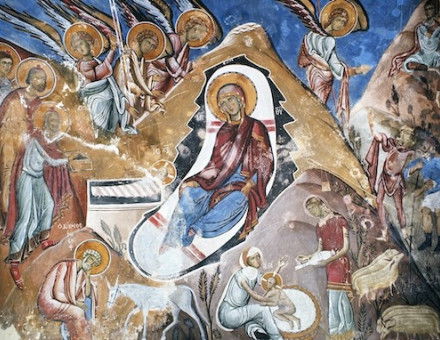Bomber in the City, 1943
The appearance of a Short Stirling Bomber near St Paul's Cathedral prompts Roger Hudson to recall the Wings for Victory campaign.
There had been a War Weapons Week in 1940 to replace armaments lost at Dunkirk, a Warship Week in 1942, as well as a Spitfire and a Tanks for Attack Week and, of course, there was always Dig for Victory. Now most towns were to devote the first week of May to Wings for Victory. Targets were set for counties and then divided up between urban and rural district councils. The Yorkshire town of Settle’s target was £150,000, enough for three Sunderland flying boats, though its final total was £223,000. For every target achieved, the Air Ministry awarded a white plastic plaque featuring a nude St Michael the Archangel brandishing his sword at a three-headed Lucifer, while the planes were named after the town or county which had raised the money. Plastic was an exotic novelty in 1943.





